Urbanization Trends
The Tower Crane Market is closely linked to urbanization trends, as more people migrate to urban areas in search of better opportunities. This demographic shift is driving the need for new housing, commercial spaces, and infrastructure development. As cities expand, the demand for tower cranes to facilitate large-scale construction projects is expected to rise. Recent projections indicate that urban populations will continue to grow, leading to an increased need for efficient construction solutions. Consequently, the tower crane market is poised to benefit from this ongoing urbanization, as cranes play a crucial role in meeting the construction demands of expanding cities.
Sustainability Initiatives
The Tower Crane Market is increasingly influenced by sustainability initiatives aimed at reducing the environmental impact of construction activities. As the construction sector seeks to adopt greener practices, there is a growing demand for energy-efficient tower cranes that minimize emissions and resource consumption. Manufacturers are responding by developing cranes that utilize alternative energy sources and incorporate recyclable materials. This shift towards sustainability is not only beneficial for the environment but also aligns with the preferences of clients who prioritize eco-friendly construction methods. The emphasis on sustainability is likely to drive innovation and growth within the tower crane market.
Technological Advancements
The Tower Crane Market is experiencing a surge in technological advancements that enhance operational efficiency and safety. Innovations such as remote control systems, advanced load monitoring, and automated features are becoming increasingly prevalent. These technologies not only improve the performance of tower cranes but also reduce the risk of accidents on construction sites. According to recent data, the integration of smart technologies in construction equipment is projected to grow at a compound annual growth rate of over 10% in the coming years. This trend indicates a strong demand for modernized tower cranes that can meet the evolving needs of the construction sector.
Focus on Safety Regulations
The Tower Crane Market is also shaped by the increasing emphasis on safety regulations within the construction sector. Governments and regulatory bodies are implementing stringent safety standards to minimize accidents and ensure worker safety. This focus on safety is leading to a higher demand for advanced tower cranes equipped with safety features such as overload protection, anti-collision systems, and enhanced visibility. As a result, manufacturers are compelled to innovate and produce cranes that comply with these regulations, thereby driving growth in the market. The ongoing commitment to safety is likely to sustain the demand for technologically advanced tower cranes.
Rising Construction Activities
The Tower Crane Market is significantly influenced by the rising construction activities across various sectors, including residential, commercial, and industrial. As urban areas expand and infrastructure projects gain momentum, the demand for tower cranes is expected to increase. Recent statistics suggest that construction spending is anticipated to reach trillions of dollars in the next few years, driven by government investments in infrastructure and private sector developments. This growth in construction activities necessitates the use of tower cranes for efficient material handling and project execution, thereby propelling the market forward.


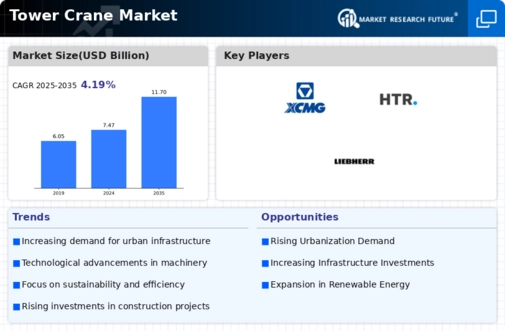

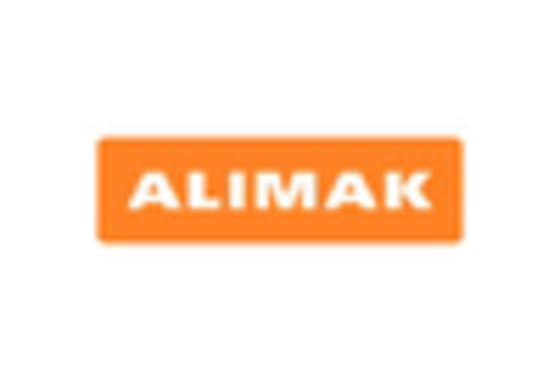
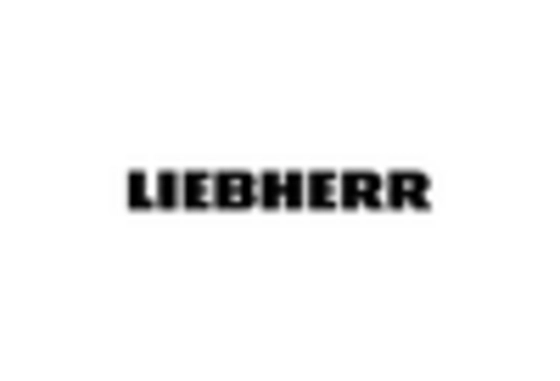
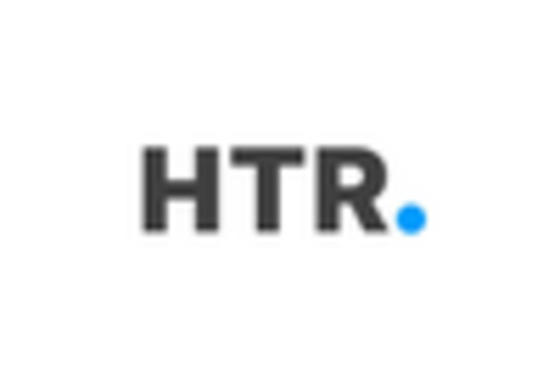
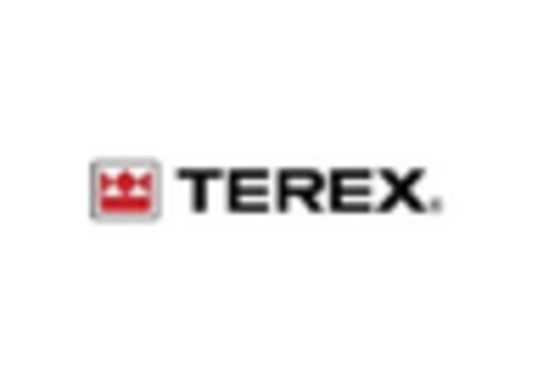
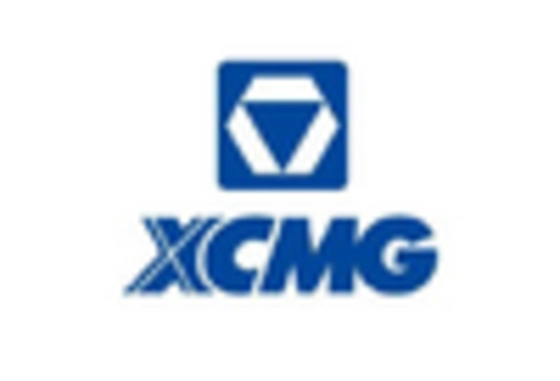









Leave a Comment